Flexibility plays a crucial role in maintaining overall mobility, preventing injuries, and enhancing physical performance, whether in dance, yoga, or general fitness routines. One of the most effective and widely practiced stretches for improving flexibility in the hips, inner thighs, and lower back is the butterfly stretch. Known in yoga as Badhakonasana, this simple yet powerful movement is ideal for individuals of all fitness levels, from beginners to advanced athletes.
What is Badhakonasana? Badhakonasana, also known as the Butterfly Pose, is a popular yoga posture that helps improve flexibility in the hips, groin, and inner thighs. The name comes from Sanskrit, where “Baddha” means “bound,” “Kona” means “angle,” and “Asana” means “pose.” This is a simple yet highly effective stretch that offers numerous benefits for the body.
To perform Badhakonasana, start by sitting on the floor with your back straight and legs extended forward. Then, bend your knees and bring the soles of your feet together, allowing your knees to drop toward the floor. Hold your feet with both hands and pull them closer to your body while keeping your spine upright. Gently press your knees downward to deepen the stretch. If you want a more intense stretch, you can lean forward while maintaining a straight back.
This pose provides several benefits, including improved hip mobility, enhanced blood circulation in the lower body, and relief from lower back stiffness. It also aids digestion, reduces menstrual discomfort, and promotes relaxation by calming the nervous system. Whether you are a beginner or an advanced practitioner, incorporating Badhakonasana into your routine can help enhance overall flexibility and well-being.
The butterfly stretch is especially beneficial for those who sit for long periods, as it helps counteract the stiffness caused by prolonged sitting. Additionally, it serves as an excellent warm-up or cool-down stretch for runners, gymnasts, martial artists, and dancers who rely on lower-body flexibility. By regularly incorporating the butterfly stretch into your routine, you can gradually increase your range of motion, relieve muscle tightness, and even improve posture.
In this article, we’ll guide you through the proper technique for performing the butterfly stretch, explore variations to deepen the stretch, and provide expert tips on breathing and posture to help you maximize its benefits. Whether you are looking to increase flexibility for splits, high kicks, or simply everyday movements, mastering this stretch will be a valuable addition to your flexibility training.
Butterfly Stretch: Starting Position and Benefits
The butterfly stretch is a yoga-inspired stretch that targets multiple muscle groups, including the hips, groin, lower back, and inner thighs. It is particularly beneficial for improving flexibility, making it a great preparatory stretch for more advanced movements like splits. Additionally, this stretch has a calming effect on the body, making it useful for relaxation and stress relief.
How to Perform the Butterfly Stretch
Find a Comfortable Seated Position
- Sit on the floor or on a yoga mat with your legs extended straight in front of you.
- Ensure your posture is upright, keeping your back straight and shoulders relaxed.
Bring Your Feet Together
- Bend your knees outward, allowing them to drop toward the ground while bringing the soles of your feet together.
- Hold your feet with both hands and gently pull them closer to your body. The closer your heels are to your pelvis, the deeper the stretch.
Maintain Proper Posture
- Keep your back straight and avoid slouching. Imagine a string pulling the top of your head toward the ceiling to lengthen your spine.
- Lift your chest slightly and keep your chin level to ensure a neutral neck position.
Deepen the Stretch
- For a deeper stretch, gently press your knees downward toward the floor using your elbows.
- Hold the position while taking slow, deep breaths, allowing your muscles to relax and stretch further.
Hold and Release
- Stay in this position for 20–30 seconds or longer, depending on your comfort level.
- Slowly release the stretch by bringing your knees together and straightening your legs.
Benefits of the Butterfly Stretch
- Increases flexibility: Helps loosen tight hips and inner thighs, making movements like splits more accessible.
- Enhances posture: Encourages a straight spine, reducing strain on the lower back.
- Reduces muscle tension: Provides relief from tightness in the groin and hip areas, especially after prolonged sitting.
- Supports relaxation: Often used in yoga and meditation practices to promote a sense of calm.
By incorporating the butterfly stretch into your routine, you can gradually improve your flexibility and mobility while also benefiting from its soothing effects on the body.
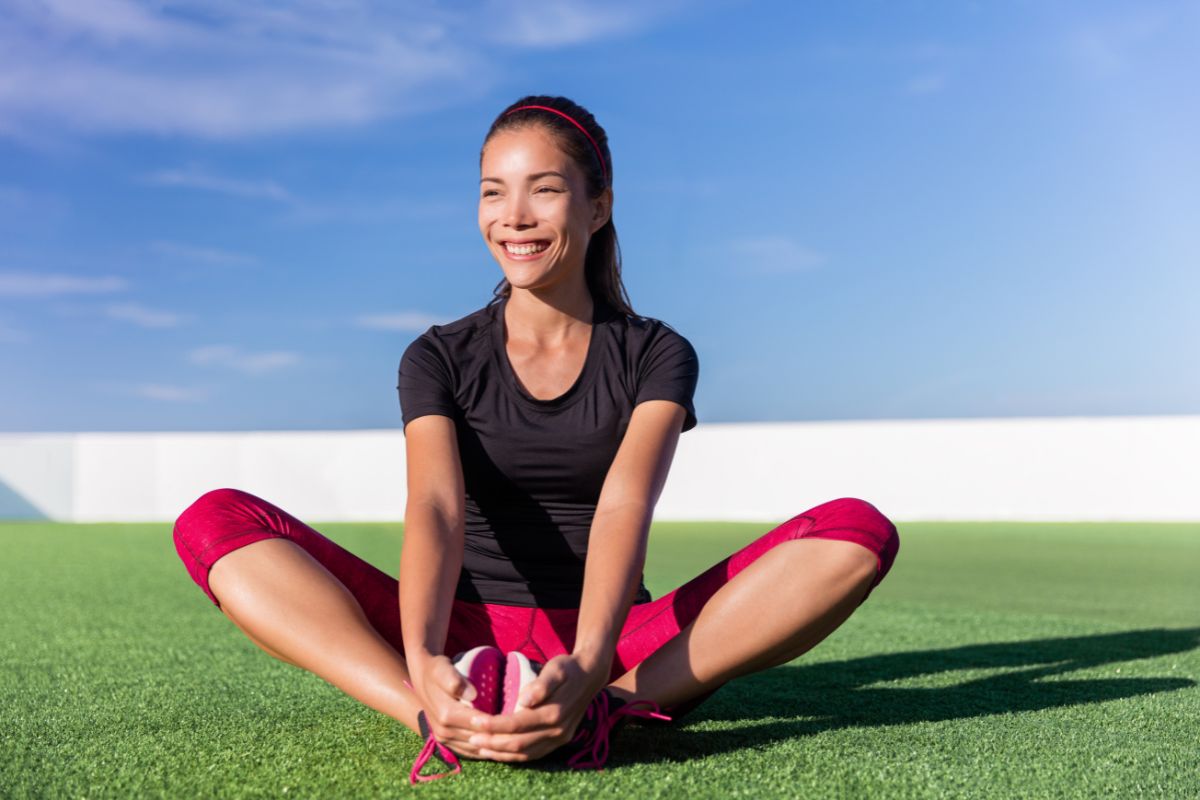
Deepening the Butterfly Stretch: Pushing Knees Downward
Once you have settled into the butterfly stretch position, you can enhance its effectiveness by gently pushing your knees downward to increase flexibility in the hips, groin, and inner thighs. This step helps deepen the stretch, allowing your muscles to relax further and gradually improve mobility.
How to Properly Push Your Knees Downward
Start with the Basic Butterfly Position
- Sit comfortably on the floor or a yoga mat with your back straight.
- Bring the soles of your feet together, pulling them in closer to your pelvis.
- Hold your feet or ankles with your hands while keeping your shoulders relaxed.
Engage Your Knees for a Deeper Stretch
- Gently push your knees toward the floor as far as they comfortably go.
- For extra assistance, use your elbows to apply light pressure on the inside of your thighs.
- Avoid forcing the movement; the goal is to feel a deep but comfortable stretch without pain.
Hold and Maintain Proper Breathing
- Once you’ve reached your limit, hold the stretch for at least 30 seconds.
- Take slow, deep breaths to help relax your muscles and allow them to stretch further.
- You may feel some mild tension in your inner thighs and hips, which is normal.
Optional: Gentle Bouncing Movement
- Some people like to gently bounce their knees up and down to help loosen up tight muscles before holding a still stretch.
- If you choose to do this, keep the movements small and controlled to prevent strain or injury.
- After a few seconds of bouncing, return to a static hold for a deeper stretch.
Release the Stretch Safely
- After holding the position for 30 seconds or more, slowly release the pressure from your knees.
- Gently bring your knees back together before extending your legs straight in front of you.
Tips for Maximizing the Stretch
✔ Stay relaxed: Tension in your body can make stretching more difficult, so focus on keeping your upper body loose.
✔ Don’t force it: If you feel sharp pain, ease off and adjust your position to avoid injury.
✔ Practice consistently: The more you do this stretch, the more flexible your hips and inner thighs will become over time.
By incorporating this knee-pushing technique into your butterfly stretch routine, you can progressively improve your hip mobility, flexibility, and overall range of motion.
Deepening the Butterfly Stretch: Leaning Forward for a Full Stretch
To maximize the effectiveness of the butterfly stretch, the final step involves gently leaning forward while maintaining proper posture. This variation helps stretch the lower back, hips, and inner thighs even further, making it an excellent addition to your flexibility routine.
How to Perform the Forward Stretch Correctly
Start in the Basic Butterfly Position
- Sit on the floor with your back straight and shoulders relaxed.
- Bring the soles of your feet together, pulling them toward your pelvis while keeping your knees open to the sides.
- Hold your feet or ankles with both hands for added stability.
Engage Your Core and Lean Forward
- Begin to hinge at your hips, slowly leaning your upper body forward while keeping your spine straight.
- Imagine reaching your chest toward your feet rather than rounding your back.
- Keep your chin slightly lifted to maintain proper neck alignment.
Deepen the Stretch
- If you can, clasp your feet and gently pull your upper body forward to intensify the stretch.
- Continue to press your knees toward the floor while leaning forward.
- If your flexibility allows, try to bring your forehead or chest as close to your feet as possible.
Hold and Focus on Breathing
- Stay in this position for 20 to 30 seconds, breathing deeply and allowing your muscles to relax.
- With each exhale, try to sink deeper into the stretch while keeping good form.
Release the Stretch Safely
- To come out of the stretch, slowly lift your upper body back to an upright position.
- Bring your knees together and extend your legs forward to reset your posture.
Tips for an Effective Forward Stretch
✔ Move slowly and with control – Avoid jerking forward to prevent straining your lower back.
✔ Keep your spine elongated – A straight back ensures you target the correct muscle groups without unnecessary stress on your lower spine.
✔ Breathe deeply – This helps release tension and allows you to stretch deeper over time.
✔ Use props if needed – If you struggle to lean forward, place a cushion or yoga block under your hips for support.
By adding this forward-leaning movement to your butterfly stretch, you can increase flexibility, improve hip mobility, and enhance overall relaxation in your lower body.
Enhancing Your Butterfly Stretch: Additional Tips for Better Flexibility
The butterfly stretch is an excellent way to improve flexibility, relieve tension, and enhance mobility in your hips, inner thighs, and lower back. To maximize its benefits, it’s essential to focus on proper breathing techniques, alignment, and variations that suit your body’s comfort level.
The Importance of Breathing in Your Stretch
Breathing plays a crucial role in deepening the stretch and promoting relaxation. When done correctly, controlled breathing helps:
✔ Relax tight muscles, making the stretch feel more natural and less forced.
✔ Improve circulation, allowing more oxygen to reach your muscles.
✔ Enhance flexibility, making it easier to sink deeper into the pose over time.
💡 Breathing Tips for the Butterfly Stretch:
- Inhale deeply when sitting upright, keeping your spine long and your shoulders relaxed.
- Exhale slowly as you fold forward, allowing gravity to guide you deeper into the stretch.
- Continue to breathe normally as you hold the position, avoiding any tension in your body.
- In yoga, breathing through the nose is encouraged, but if exhaling through the mouth feels more comfortable, that’s perfectly fine.
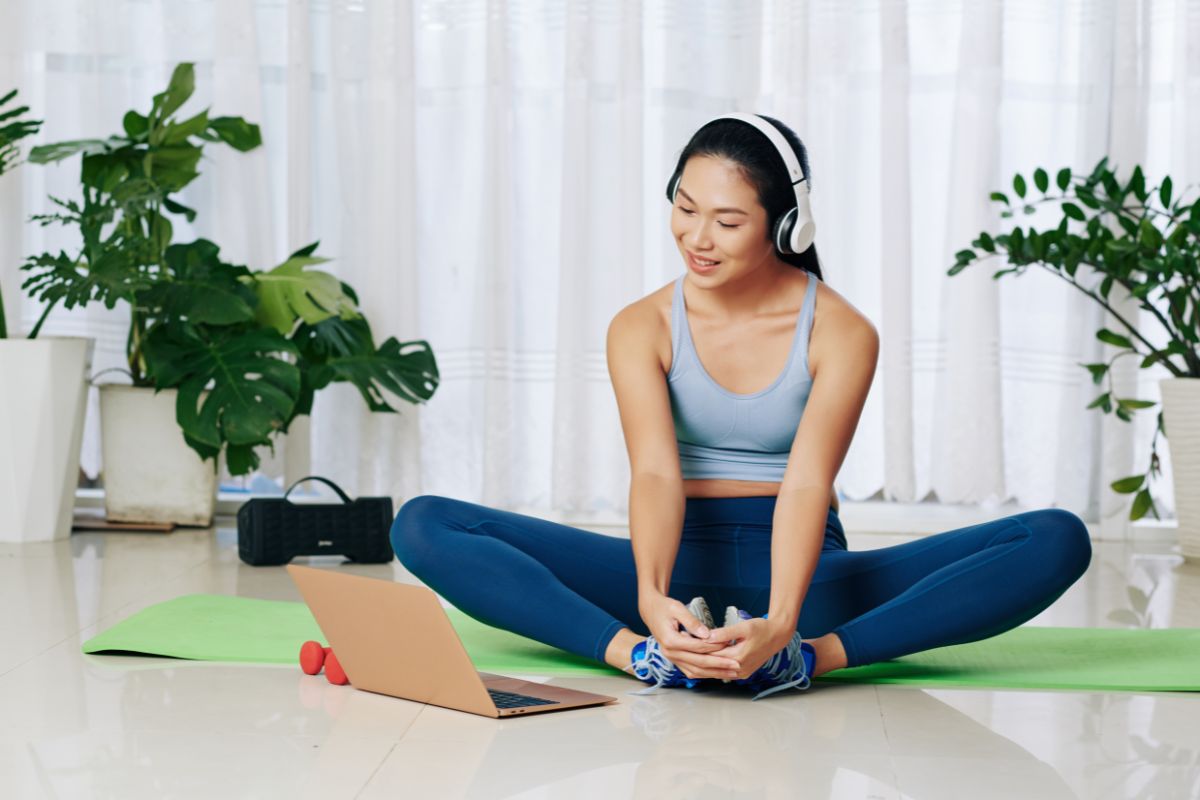
Butterfly Stretch in Yoga: Badhakonasana
In yoga, the butterfly stretch is known as Badhakonasana, a pose widely used for hip-opening exercises and relaxation. Practicing this pose with mindfulness can enhance its benefits, both physically and mentally.
When performing Badhakonasana, keep the following in mind:
✔ Move slowly and gently—never force yourself into discomfort.
✔ Maintain a straight back—avoid slouching or over-arching.
✔ Use props if needed—a yoga block or cushion under your hips can provide extra support.
Variations to Increase Intensity
If you’re looking to deepen the stretch or target slightly different muscle groups, try the following variations:
🔹 Feet Closer to the Body: Pull your feet in as close as possible to your pelvis for a stronger hip-opening effect.
🔹 Feet Open Like a Book: Instead of pressing the soles together, open your feet slightly as if flipping through the pages of a book. This helps engage different muscle fibers in your inner thighs.
🔹 Elevate Your Hips: If you have tight hips, sit on a cushion or folded blanket to make the stretch more comfortable and effective.
Avoiding Common Mistakes
To prevent injury and get the most out of your stretch, be mindful of these common mistakes:
🚫 Jerking or forcing the movement – This can strain your muscles and lead to injury. Move slowly and smoothly instead.
🚫 Overarching or rounding your back – Keep your spine neutral and elongated to protect your lower back.
🚫 Straining your neck – Your neck should remain relaxed. It’s okay to look straight ahead or gently gaze downward as you lean forward.
Additional Benefits of the Butterfly Stretch
Beyond improving flexibility and mobility, the butterfly stretch offers several other advantages that can positively impact your overall health and well-being. Let’s explore some lesser-known benefits of this stretch and why it should be a regular part of your routine.
Enhances Circulation
Sitting in the butterfly position helps improve blood flow to the lower body, particularly in the hips, thighs, and groin area. Better circulation means more oxygen and nutrients are delivered to your muscles, reducing stiffness and promoting faster recovery after workouts. This is especially beneficial for people who experience poor circulation or swelling in the legs due to prolonged sitting.
Supports Pelvic Health
The butterfly stretch is particularly beneficial for women’s health, as it helps open the pelvic area and strengthen surrounding muscles. This makes it an excellent stretch for pregnant women (if approved by a doctor), as it helps maintain pelvic flexibility and prepares the body for childbirth. It can also be useful for individuals dealing with hip pain, sciatica, or lower back discomfort.
Helps Alleviate Lower Back Pain
Tight hips and inner thighs can contribute to lower back pain, especially for people who sit for long hours. The butterfly stretch gently releases tension in the lower spine, promoting better posture and reducing strain on the back muscles. If you suffer from chronic back stiffness or discomfort, practicing this stretch regularly may help relieve some of that tension.
Promotes Relaxation and Stress Relief
Like many yoga poses, the butterfly stretch can also serve as a relaxation technique. When combined with deep, controlled breathing, this stretch helps activate the parasympathetic nervous system, which is responsible for relaxation. If you often feel stressed or anxious, incorporating this stretch into your evening routine can help calm your mind and prepare your body for restful sleep.
Improves Athletic Performance
Athletes in sports that require quick lateral movements, high kicks, or explosive jumps—such as martial arts, gymnastics, figure skating, and ballet—can significantly benefit from the butterfly stretch. Increased hip and groin flexibility reduces the risk of strains and muscle imbalances, allowing for greater agility, range of motion, and control in movements.
How to Incorporate the Butterfly Stretch into Your Routine
To maximize the benefits of the butterfly stretch, it’s important to practice it regularly and correctly. Here’s how to seamlessly include it in your daily routine:
- Morning Routine: Start your day with a light butterfly stretch to wake up your muscles and improve circulation.
- Pre-Workout: Use this stretch as part of your warm-up to loosen up the hips and prepare the body for dynamic movements.
- Post-Workout Recovery: Hold the stretch longer after exercise to reduce muscle tightness and promote flexibility gains.
- Evening Wind-Down: End your day with a gentle, deep hold to relax your body and relieve stress before bed.
By making the butterfly stretch a consistent part of your flexibility routine, you’ll not only enhance mobility and comfort but also improve overall physical health and performance. Whether you’re a dancer, athlete, or someone simply looking for a great way to relieve tension and stay limber, this stretch is an excellent tool to support your body’s movement and relaxation.
Common Mistakes to Avoid
To get the most out of the butterfly stretch, be mindful of the following mistakes:
❌ Forcing the Knees Down Too Aggressively – Stretching should be gentle and gradual. Forcing your knees too hard can cause muscle strain or injury.
❌ Rounding the Back – Keeping a straight back is crucial for proper alignment and avoiding unnecessary pressure on the spine.
❌ Holding the Breath – Always focus on deep, controlled breathing to help your muscles relax and improve flexibility.
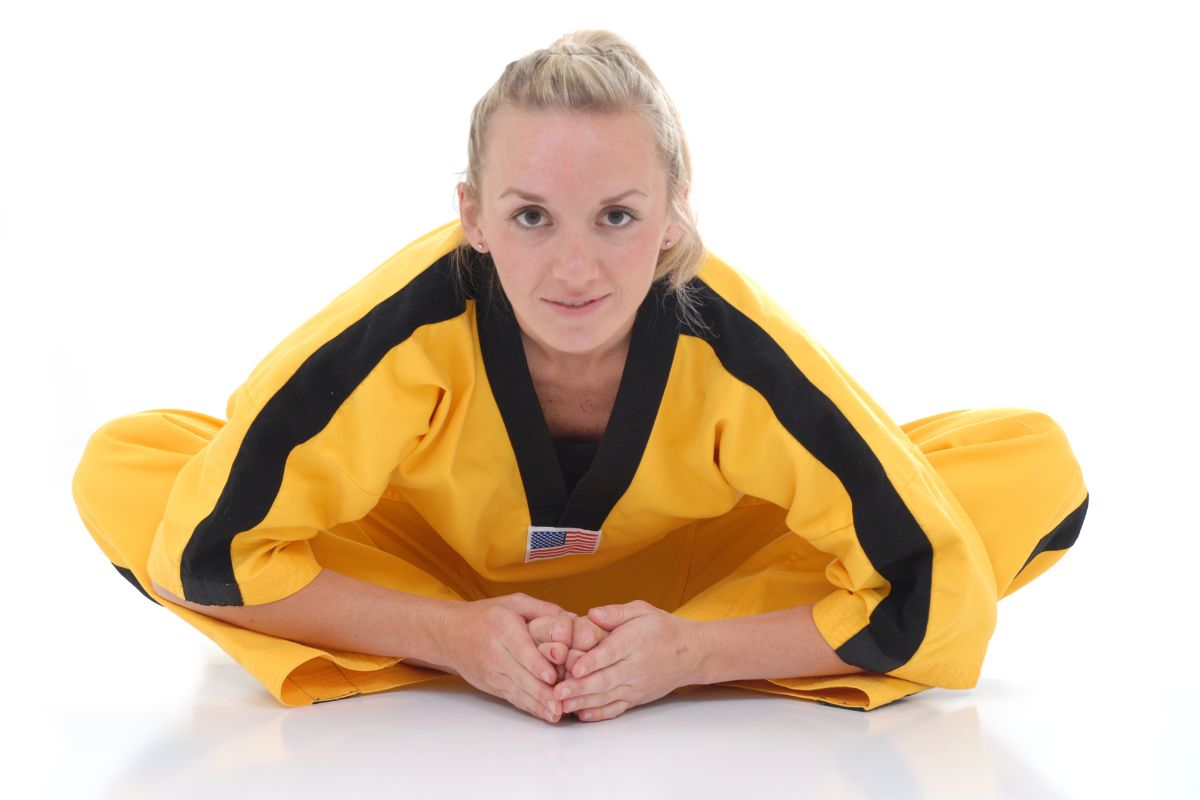
Variations to Modify or Intensify the Stretch
Depending on your flexibility level, you can modify or intensify the butterfly stretch:
✅ For Beginners: If you find it difficult to keep your back straight, sit on a yoga block or cushion to elevate your hips slightly.
✅ For a Deeper Stretch: Pull your feet closer to your body and gently press your knees down while keeping your spine straight.
✅ Open Feet Variation: Instead of keeping your feet pressed together, open them like a book to create a different stretch sensation in the inner thighs.
Incorporating the Butterfly Stretch Into Your Routine
To maximize the benefits, try adding the butterfly stretch to your daily routine:
🕘 Morning Routine – Stretch after waking up to loosen tight muscles and improve circulation.
🏃 Pre-Workout Warm-Up – Use it to prepare your hips and thighs before engaging in activities like running, dancing, or martial arts.
🧘 Post-Workout Recovery – Hold the stretch longer after exercise to release tension and prevent muscle soreness.
🌙 Evening Wind-Down – Perform this stretch before bed to promote relaxation and relieve stress.
Conclusion
The butterfly stretch is a highly effective exercise for enhancing hip flexibility, reducing muscle tension, and improving overall lower-body mobility. Whether you are a dancer, athlete, or simply someone looking to improve flexibility, this stretch offers numerous benefits when performed correctly and consistently.
By focusing on proper form, controlled breathing, and gradual progression, you can safely deepen the stretch over time and unlock greater flexibility in your hips, groin, and lower back. Additionally, incorporating variations like pulling your feet closer to your body or opening them like a book can help target different muscle groups and make your stretching routine more dynamic.
Remember that stretching should never be painful—always listen to your body and ease into the movement to prevent injury. With regular practice, the butterfly stretch can help you feel more limber, improve your range of motion, and even relieve stress by promoting relaxation.
No matter your fitness level, dedicating just a few minutes each day to this simple yet effective stretch can lead to long-term flexibility gains and overall physical well-being. So, take a deep breath, relax into the stretch, and enjoy the journey toward better mobility and flexibility!
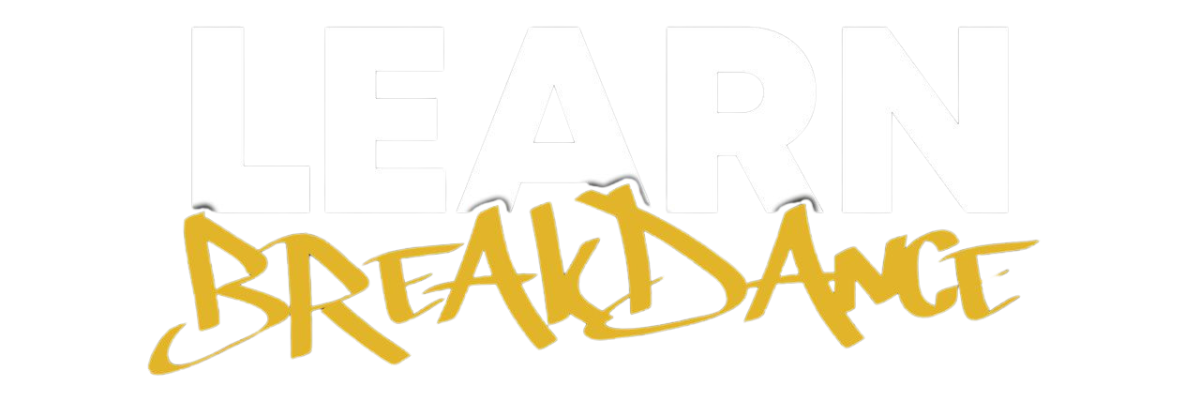
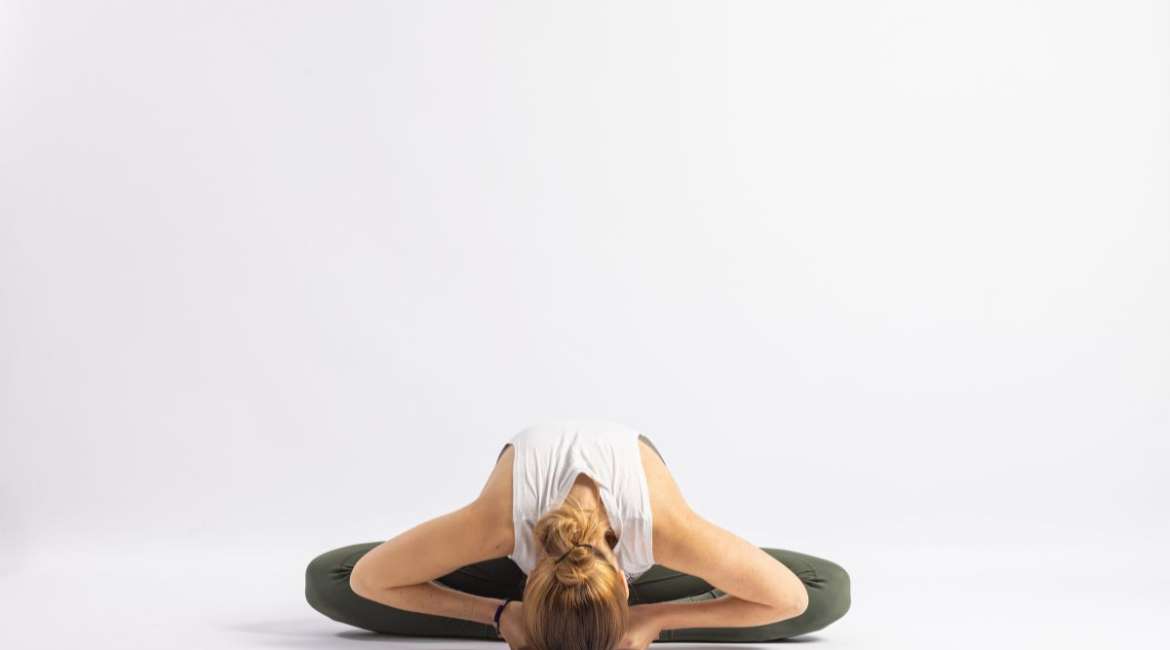
Leave a reply